2020 Chevrolet Camaro V6 Coupe
| The Good: – Aggressive styling – Strong V6 engine – Great handling |
The Bad: – Useless back seats – Some hard-plastic cabin bits – Slightly firm, noisy ride |
The Chevrolet Camaro, most famous for being the V8-powered rival to the perennial Ford Mustang since 1967, has gone through six generations. It was discontinued in 2002 before being reborn in 2010 during the dawn of retro-themed modern muscle-cars in a trend that was again ignited by the Mustang. It feels like the Camaro is always playing catch-up, as the latest sixth-gen Camaro that was new-from-the-ground-up for the 2016 model year got a significant facelift last year to boost stagnating sales. But more interestingly, we are finally trying out the latest iteration of the derided-yet-popular V6 model.
The latest-generation Camaro is actually a shorter car riding on the Cadillac ATS-derived platform. In terms of looks, the front grille is now stylistically massive compared to the previous generation, even though the amount of airflow openings are still the same as before. It’s not a look we are fans of, but it mostly gets hidden in darker paint colours anyway. In the back, the generic tail lights of the pre-facelift model have been replaced by much more intricate units that hark back to the four-circle lamps of Camaros and Corvettes of the past. With the darkened wheels and chopped-top look, our test car looks sinister even though it’s “only a V6” version.
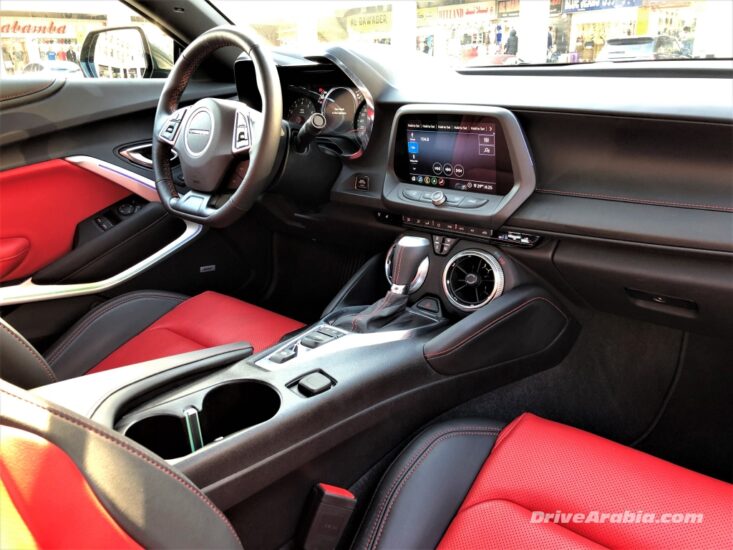
Inside, the cabin is similar to the pre-facelift model. There are patches of stitched leatherette and padded areas on the upper dash, door panels and knee bolsters, although the percentage of hard plastics remains high. The cabin design itself is very modern, with an intentionally low-mounted dash to improve forward visibility and lots of fancy mood lighting, but certain design decisions are odd, such as the a/c vents mounted right in front of the gear-shifter, and a central touchscreen that’s tilted downwards as a quick way to reduce glare).
Cabin space is fine for two adults. The front seats are moderately-bolstered, but you sit very low in the car with the roof close to your head. The rear passenger compartment tighter than in any other rival, offering almost no rear legroom. It is the least practical “four-seater” coupe on the market, as even the boot is very shallow with a small opening, although it has a decent bit of length.
Chevrolet’s MyLink 8-inch touchscreen is slightly smaller than the one in its rivals, but it is fairly responsive and handles everything from multimedia and drive-mode settings to navigation and rear-camera duties. The Camaro also has a full-colour screen between the actual gauges that can show a whole host of performance stats, and is very customisable.
The Camaro’s available equipment includes a 9-speaker Bose audio system, Bluetooth, smart keyless entry and start, remote start, electronic parking brake, drive-mode selector, cruise control, sunroof, heads-up display, a decent stereo with Apply Carplay, and 2 USB ports as well as an AUX jack inside the awkwardly-shaped centre-armrest cubby. It did not have the wireless charging pad we saw in the Camaro SS. The dual-zone auto a/c is good, and uses nifty dials around the central circular vents for temperature control. There is a full set of airbags, ABS with EBD, ESP and a tyre-pressure monitor, but active-safety options such as adaptive cruise and blind-spot monitoring were not present in our car.
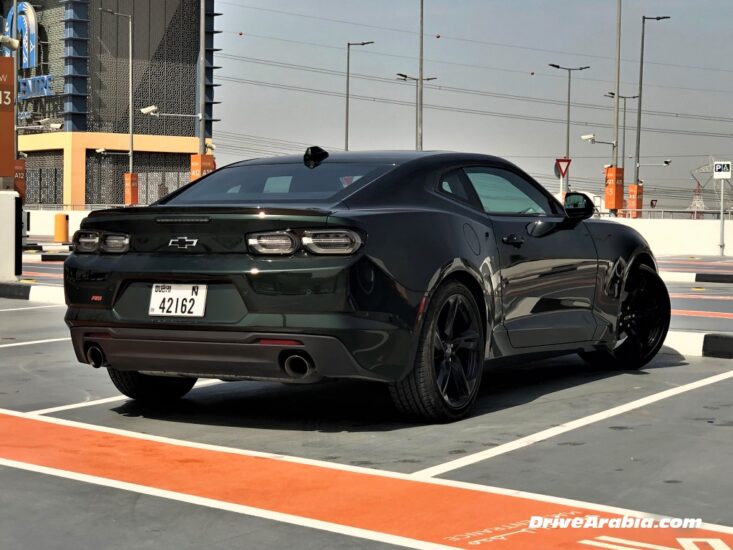
While the SS gets a hairy-chested 6.2-litre V8, the entry-level Camaro gets 3.6-litre V6 mated to a 10-speed automatic with paddle-shifters. Making 335 hp at 6800 rpm and 385 Nm of torque at 5300 rpm, we managed a 0-100 kph time of 6.5 seconds, about a half-second better than the Transformers-era V6 Camaro we tested a decade ago. The car takes off with some wheelspin as the traction control feeds in the power smoothly, and it feels plenty fast for public roads. It even makes a nice grunty noise compared to, say, modern BMWs. We didn’t really miss the V8 as much as we thought we would, especially as this Camaro is as quick as a 5.7-litre V8 Charger R/T.
Fuel consumption is on the high side, at 14 litres/100 km (6.7 km/litre) as tested, although we did gun it around a bit more than average. It drives well, with a good smart-shifting automatic, and a very slight delay in manual shifts using the paddles.
The new Camaro handles as a proper sports car should. With 245/40 rubbers wrapping the 20-inch alloys, there is very good grip, but it’s not as hard-cornering as the V8 SS which comes with adaptive suspension and wider rear tyres. With enough revs, it can get up to playful antics as the rear can be made to swing out with steering, brake and throttle inputs while staying in complete control. The well-weighted steering offers decent feedback, and the Brembo brakes are fairly strong. It’s a really good chassis with limited body roll, but that last bit of agility is clearly reserved for the top-tier V8 models.
The Camaro V6 rides with pretty comfortably, with some harshness only over bumpy roads. It is also louder inside than the Mustang or the Challenger, and there is a noticeable amount of road noise. And outward visibility remains awful thanks to the slit-like windows, but looking ahead over the lowered dash and driving, it’s easy to get used to the view quickly. The standard rear camera and sensors make parking uncomplicated enough.
Chevy’s muscle car for the masses is compromised if seen as a daily-driver, but it has evolved into a very fine sports car now. The V6 version is actually perfectly acceptable in terms of speed, prowess and drama; it’s more than enough car if you don’t want to spring for the far more expensive V8 version.
| Price Range: Dh 151,000-180,000 Current Model Introduced in: Body Styles: Engines: Transmissions: Setup: Suspension: |
Brakes: Front: discs Rear: discs Curb Weight: Length: Wheelbase: Top Speed: Test Acceleration 0-100 kph: Observed Test Fuel Economy: |
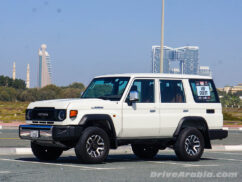
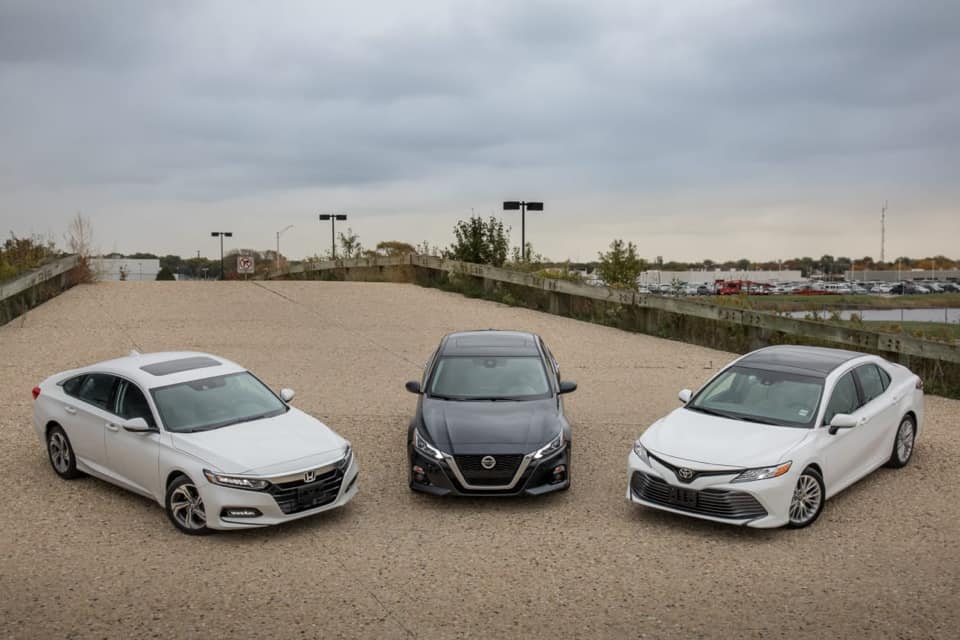
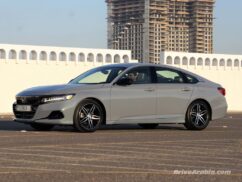
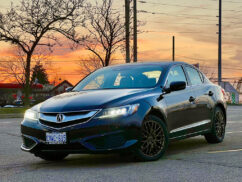
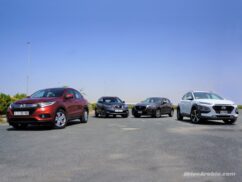
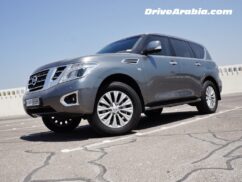
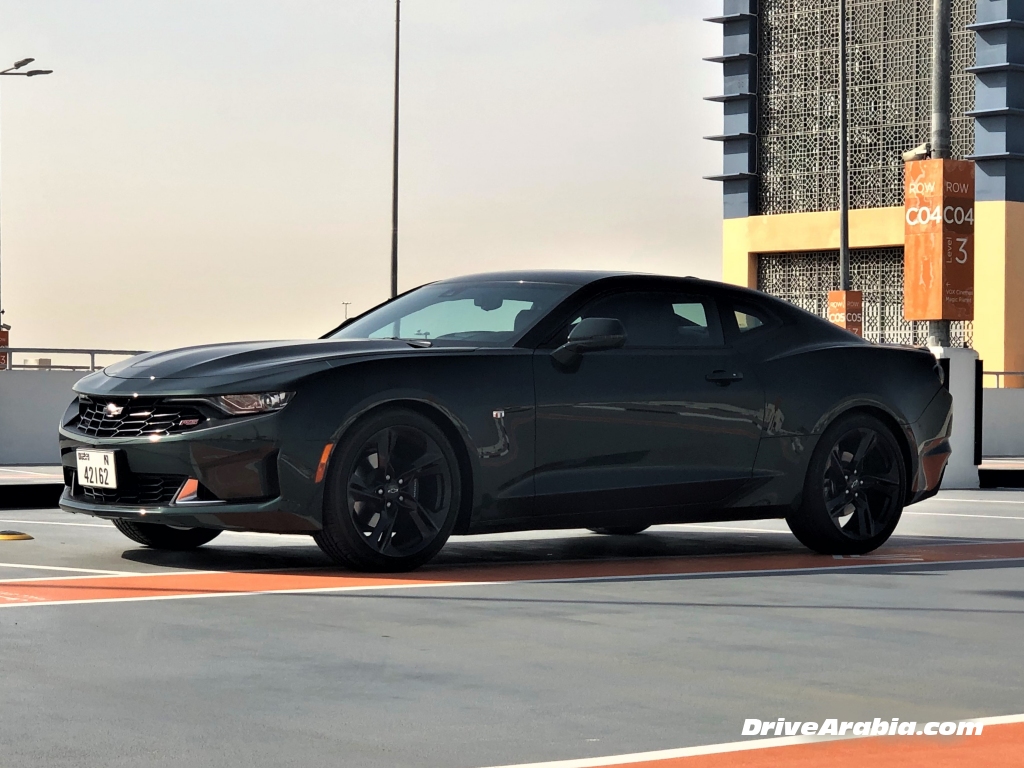
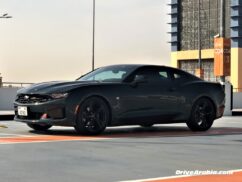
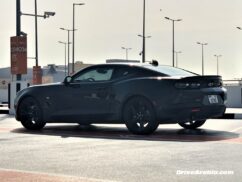
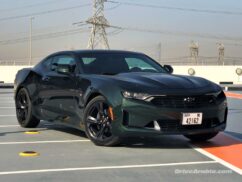
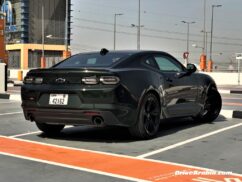
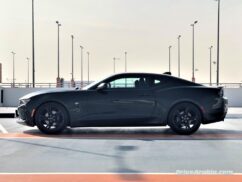
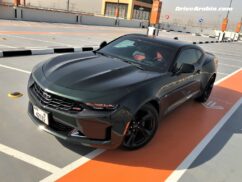
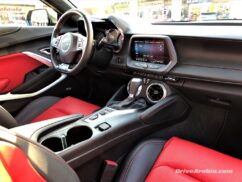
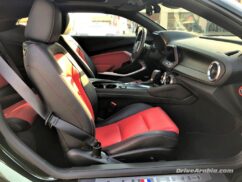
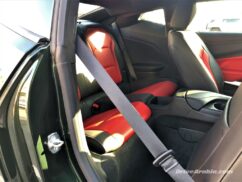
Comments
Melville Goveas
Mash there’s a typo in the first line of the third-last para…
Mashfique Hussain Chowdhury
Thanks for checking. Finally spotted it, and fixed.